By | October 11, 2016 06:00pm ET
-

Credit: NASA
Housing Humans in Deep Space
To bring astronauts to Mars by the 2030s , NASA has selected six private companies to design and develop deep space habitats under the second Next Space Technologies for Exploration Partnerships (NextSTEP) Broad Agency Announcement.NextSTEP-2 focuses on developing deep space habitation concepts through partnerships between the public and private sectors. Here are the new prototypes they created.
Up First: Lockheed Martin
-

Credit: Lockheed Martin
Lockheed Martin
Lockheed Martin is working to revamp the design of a logistics module from the space shuttle resupply missions and create a full-scale habitat prototype. The company has also dreamed up a wilde plan for an orbital outpost around Mars, known as Mars Base Camp .The design includes an environmental control and life support system (ECLSS) and an avionics system for navigation, communication and management of all flight functionality. Last year, Lockheed Martin unveiled their design for a new spaceflight system called “Jupiter” that could fly astronauts to the space station, the moon and beyond.
Up Next: Orbital ATK
-

Credit: Orbital ATK
Orbital ATK
A Virginia-based private spaceflight company, Orbital ATK, is working on a design based on the Cygnus spacecraft, which currently flies automated and unmanned cargo supply missions to the International Space Station.Orbital ATK’s cislunar habitat concept will test interfaces between the new Cygnus-based spacecraft, the Orion crew module and other space modules. Its goal is to demonstrate the feasibility of long-term operations in deep space.
Up Next: Sierra Nevada Corporation
-

Credit: Sierra Nevada Corportation
Sierra Nevada Corporation
Sierra Nevada Corporation’s idea for a deep space habitat involves 3 to 4 rocket launches for a long-duration habitat that will be constructed in space. Their prototype is based on the company’s Dream Chaser cargo module .The design includes a large inflatable fabric environment module, an environmental control and life support system (ECLSS), and a propulsion system.
Up Next: NanoRacks
-

Credit: NanoRacks
Nanoracks
A Texas-based company named NanoRacks is teaming up with Space Systems Loral and the United Launch Alliance to find out whether an existing launch vehicle’s upper stage can be converted into a pressurized, habitable environment for space exploration. This low-cost approach to sending humans into deep space could be achieved with any type of rocket.Up Next: Bigelow Aerospace
-

Credit: Bigelow Airspace
Bigelow Aerospace
Bigelow Airspace, a company based in North Las Vegas, Nevada, is developing a prototype of an expandable habitat called XBASE (Expandable Bigelow Advanced Station Enhancement). The 330-cubic meter (432 cubic yards) habitat will attach to the International Space Station and serve as a testing platform for the technology necessary to safely send humans into deep space.Bigelow tested a similar expandable space habitat on the ISS in April. Read our full story here: ‘BEAM’ Aboard: Experimental Inflatable Room Attached to Space Station .
Up Next: Boeing
-

Credit: Boeing
Boeing
Boeing, a U.S. aerospace giant based in Houston, Texas, is also developing a modular habitat system. The company plans to be able to operate the International Space Station for at least 15 years after the giant space laboratory’s mission is scheduled to end in 2024.The modular habitat system aims to demonstrate that humans can safely live and work in space for extended periods of time.
of 8
of 8
of 8
of 8
of 8
of 8
of 8
of 8
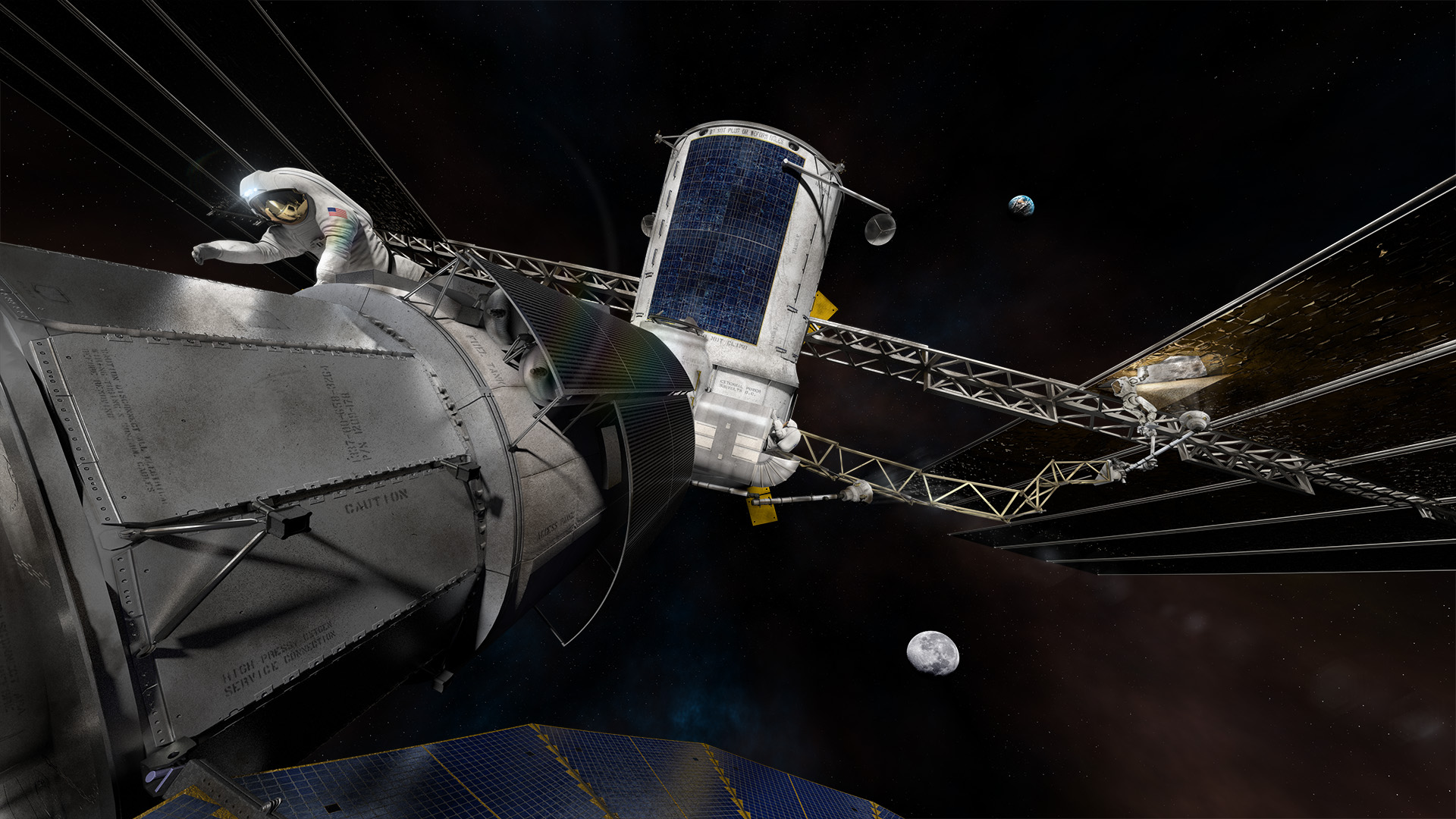
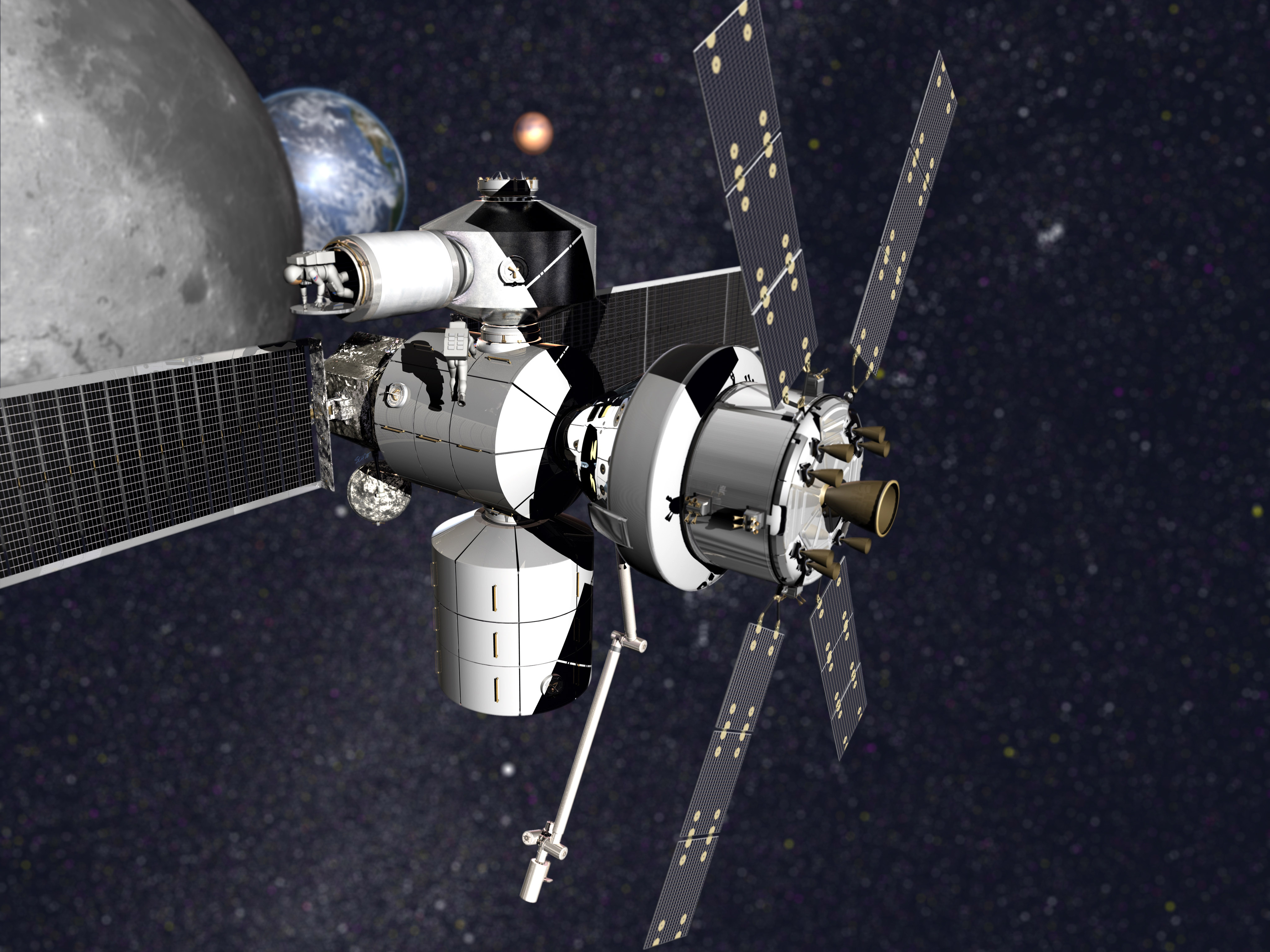
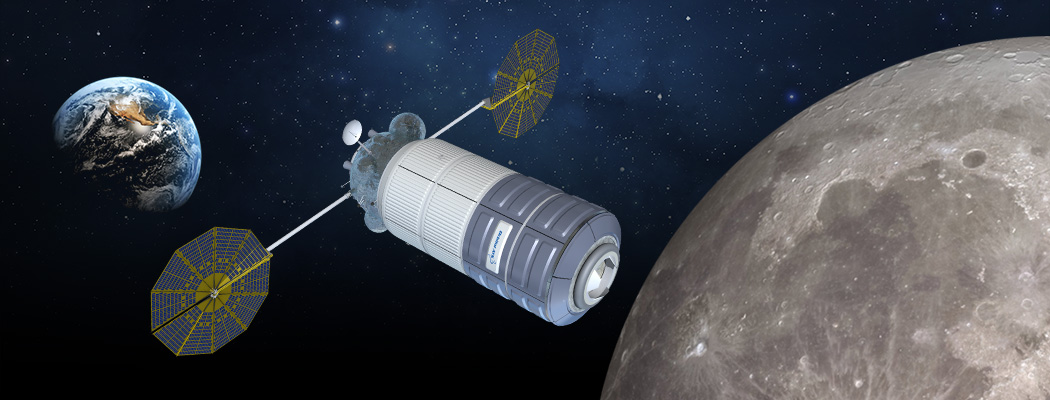
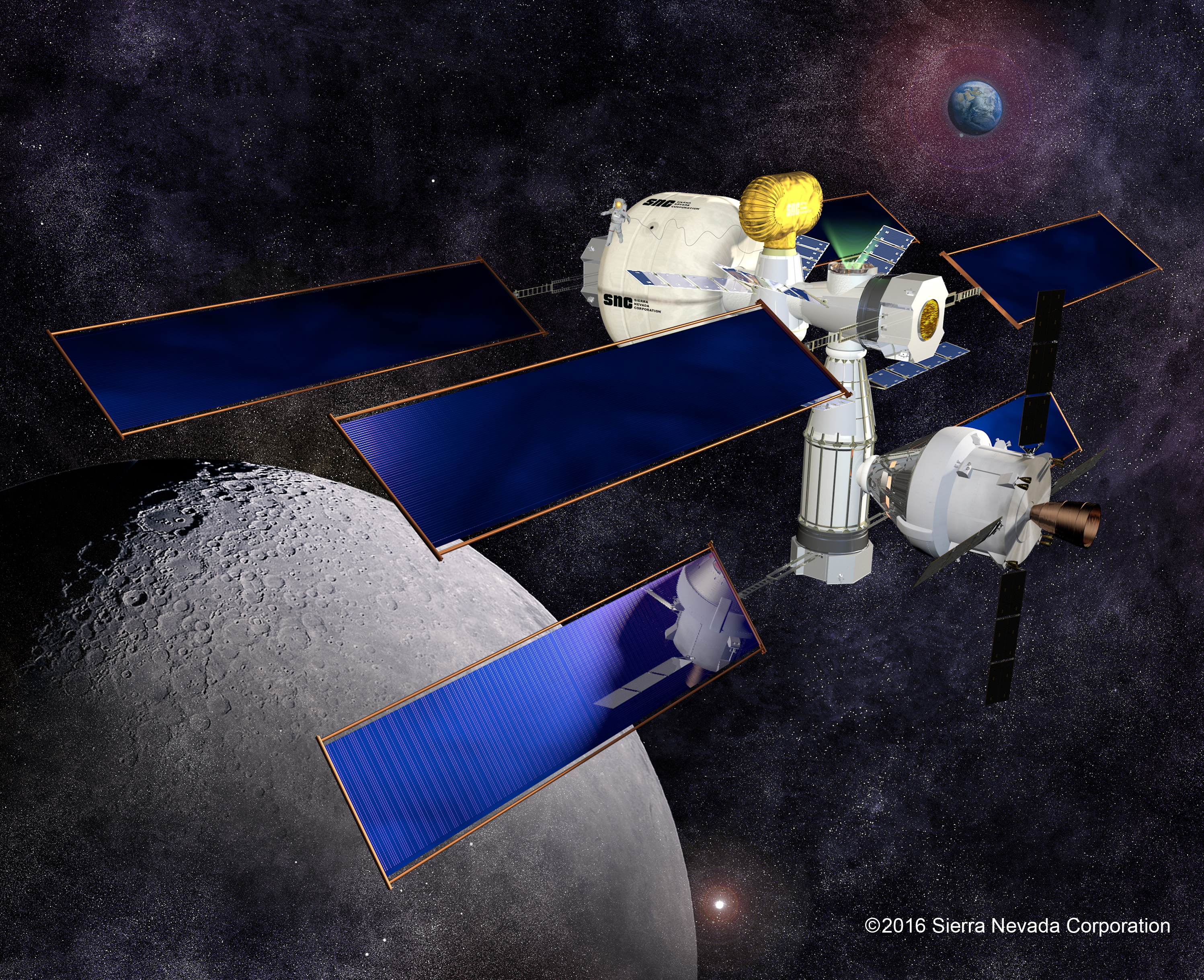
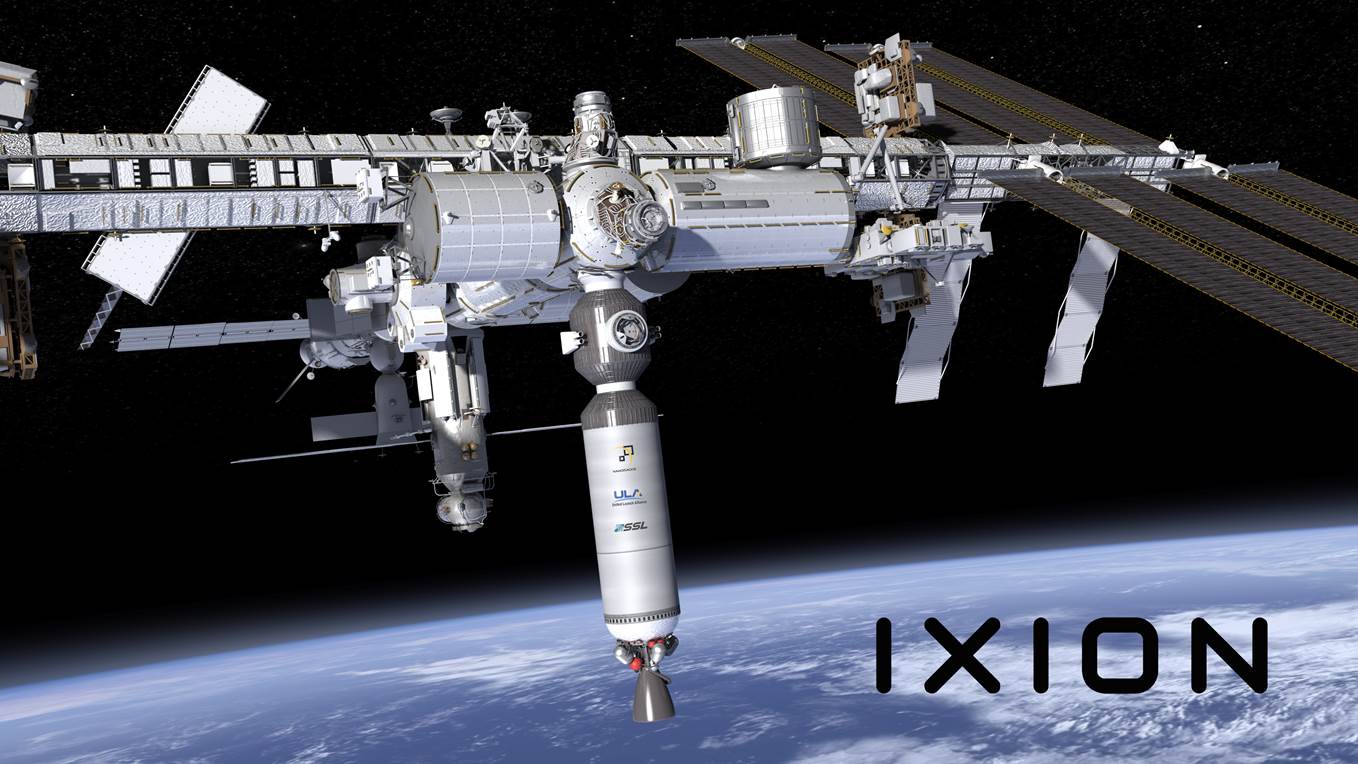
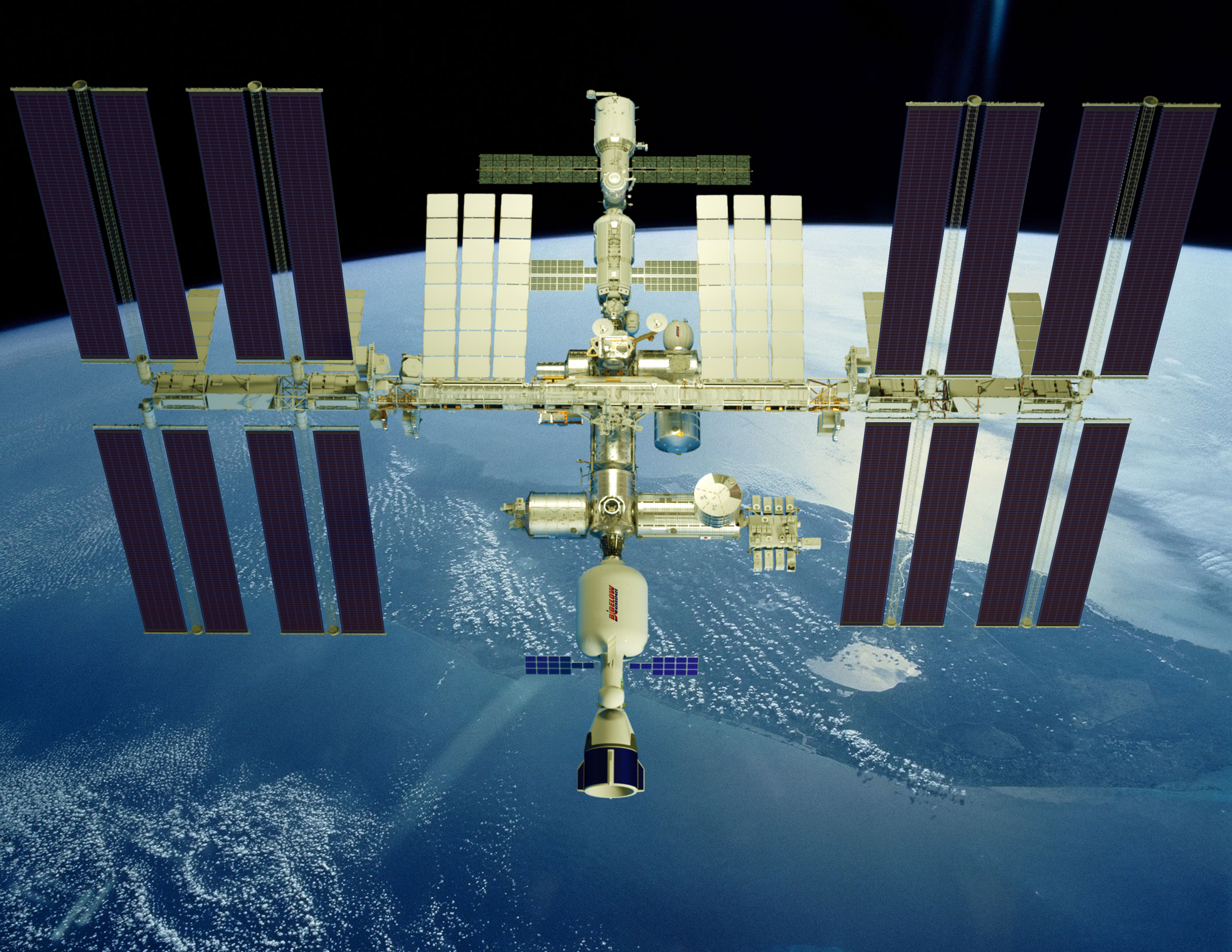
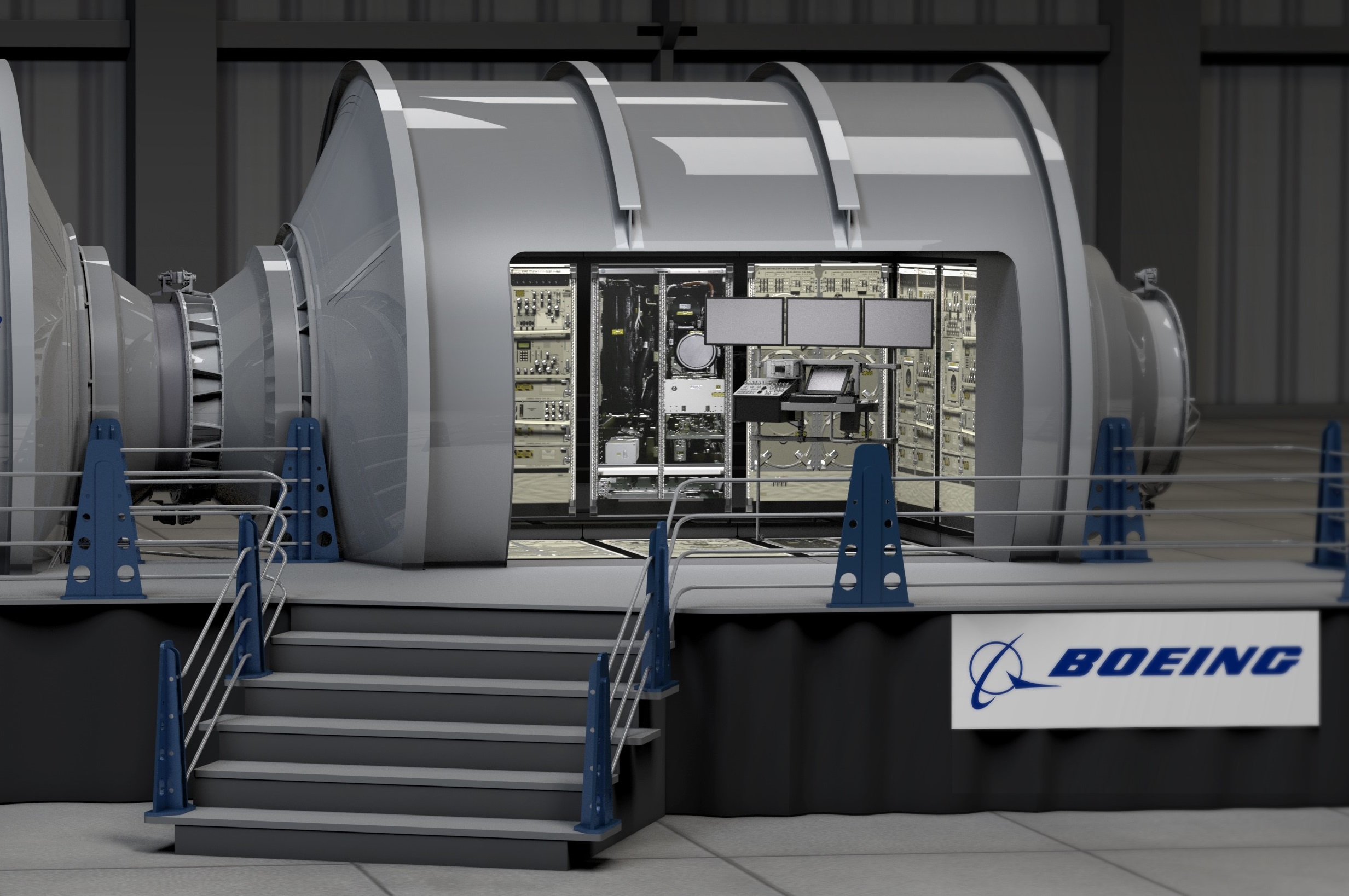
Comments are closed.